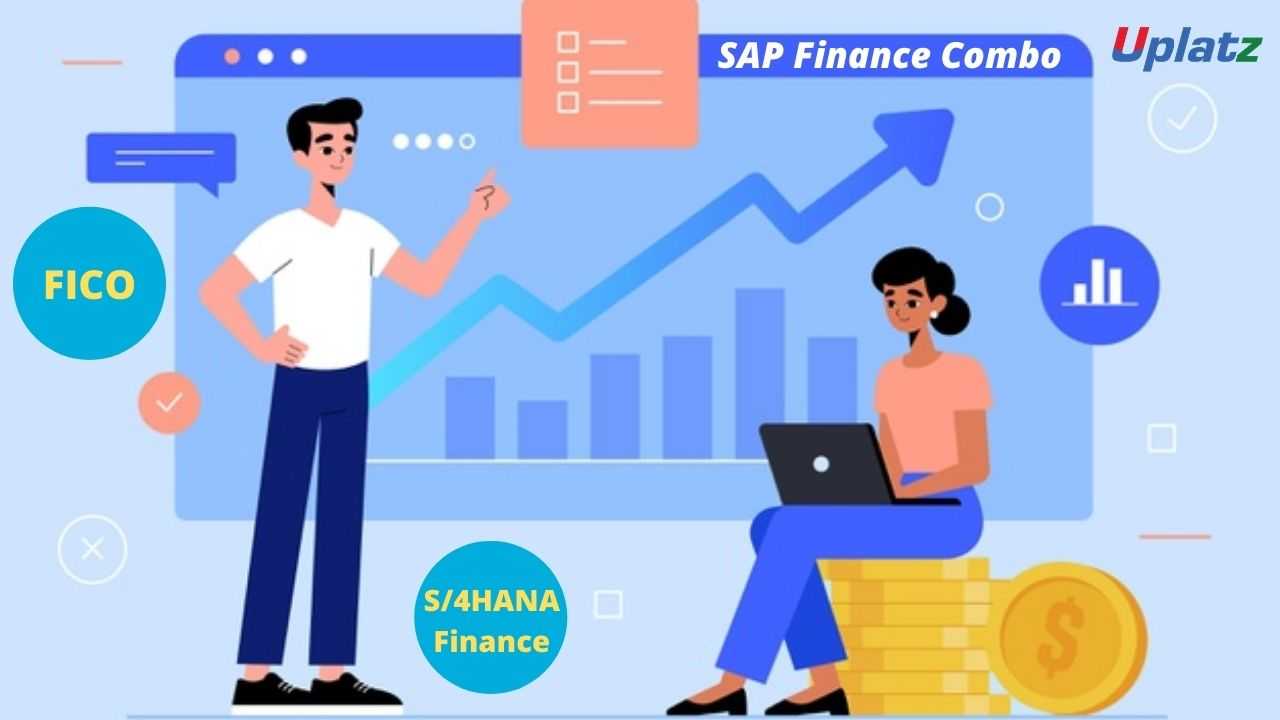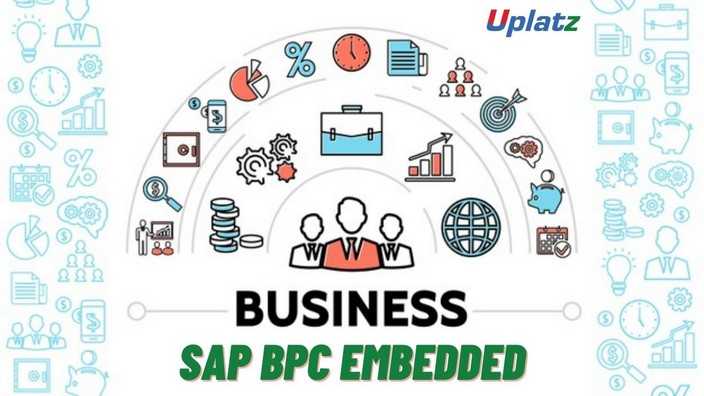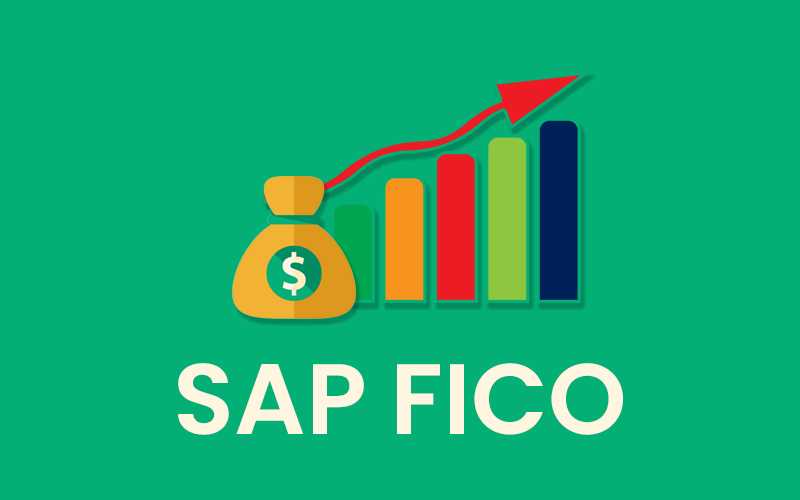SAP S/4HANA Finance (fast track)
Learn SAP S/4HANA Finance module - financial closing capability, centralized payables and receivables, predictive accounting, and embedded analytics.Preview SAP S/4HANA Finance (fast track) course
Price Match Guarantee Full Lifetime Access Access on any Device Technical Support Secure Checkout Course Completion Certificate 84% Started a new career
BUY THIS COURSE (
84% Started a new career
BUY THIS COURSE (GBP 12 GBP 29 )-
 96% Got a pay increase and promotion
96% Got a pay increase and promotion
Students also bought -
-

- Bundle Combo - SAP Finance (FICO and S/4HANA Finance)
- 50 Hours
- GBP 22
- 242 Learners
-

- SAP BPC Embedded
- 40 Hours
- GBP 12
- 419 Learners
-

- SAP FICO (Finance and Controlling)
- 30 Hours
- GBP 12
- 5666 Learners

SAP S/4HANA Finance is SAP’s flagship financials solution and successor to SAP ERP Financials. First released in 2014, it boasts many process improvements for the financials world, including the introduction of a single source of financial truth, real-time financial close, and predictive accounting. It was developed to run off the SAP HANA platform and primarily utilizes the SAP Fiori user interface. SAP Simple Finance (sFin) S/4HANA is the financial and accounting component of SAP Business Suite for HANA (S/4HANA). SAP increasingly refers to S/4HANA Finance as the SAP S/4HANA Finance solution in anticipation of tighter packaging with the SAP Analytics Cloud.
Simple Finance is an ERP financial software that runs on SAP HANA’s in-memory platform which allows users to run real-time reports on operational and financial data. Like other products on the HANA platform, the data is stored and processed in memory so you can analyze data quickly with few constraints. For example, you can run a soft close at any time of the day, month, or quarter with up-to-the-minute accuracy. The “Simple” in Simple Finance refers to the what SAP refers to as a “single source of truth.” All data, both financial and operational, is accessible from one source which eliminates the need for data replications, reconciling data, and removing redundancies. Simple Finance calculates financial data in the HANA in-memory platform which allows you to run trail balance sheets, profit, and loss statements, and cash flow analysis reports using real-time data. There’s no need to wait for the end of the day, month, or quarter so you can instantly access your data for planning and decision-making.
With its S/4HANA ERP system, SAP offers a holistic platform with a broad portfolio of modules for all-encompassing business transformation. The portfolio element S/4HANA Finance and Controlling (SAP FICO) includes financial solutions for accounting, controlling, reporting, and operational management, among others
SAP S/4HANA Finance uses a Universal Journal as a single repository to record journal entries across multiple applications. A single repository removes redundancies and provides clean data for management accounting, asset accounting, and materials ledgers. The Simple Finance platform only stores data once, so there is no need for reconciliation. Every transaction is immediately available to every decision-maker in your organization to answer questions and run reports. SAP’s single source of truth concept combines financial accounting (FI) and Control and Management Accounting (CO) into the ACDOCA table. Many of the index tables, aggregate tables, and the materials ledger have been removed and replaced with HANA Core Data Services (CDS) views.
The financial accounting options include all the features you would expect in an ERP finance tool: G/L, accounts receivable, accounts payable, contract accounts, bank management, travel management, asset management, and consolidation tools. There is also a special purpose ledger for user-defined database tables. You can use this ledger for non-standard data, parallel accounting, fiscal year variants, etc. The data in the special purpose ledger receives data only; it does not send data to other SAP applications.
The primary difference between SAP Simple Finance and traditional ERP finance applications is the additional capability to quickly access and analyze live data. By removing the need for batch-processing and reconciling multiple tables at period end, Simple Finance allows you to run accurate soft closes whenever you need the information. Real-time key performance indicators (KPIs) refresh instantly and automatically.
This SAP S/4HANA Finance course by Uplatz covers the basic concepts of S/4HANA Finance module including end-to-end implementation, configuration, and management.
Course/Topic - SAP S/4HANA Finance (fast track) - all lectures
-
Lecture 1 - Introduction to SAP S4HANA Simple Finance - part 1
-
Lecture 2 - Introduction to SAP S4HANA Simple Finance - part 2
-
Lecture 3 - Introduction to SAP Fiori
-
Lecture 4 - Migration to SAP S4HANA Finance
-
Lecture 5 - Organisational Structure in SAP S4HANA Finance
-
Lecture 6 - Financial Accounting Configuration - part 1
-
Lecture 7 - Financial Accounting Configuration - part 2
-
Lecture 8 - General Ledger Configuration Premigration - part 1
-
Lecture 9 - General Ledger Configuration Premigration - part 2
-
Lecture 10 - GL Accounting Consolidation Configuration - part 1
-
Lecture 11 - GL Accounting Consolidation Configuration - part 2
-
Lecture 12 - Special Purpose Ledger
-
Lecture 13 - Document Splitting
-
Lecture 14 - Interest Calculation Types
Advantages of SAP S/4HANA Finance
Faster Processes
Through standardization and automation, but especially through the use of the Universal Journal, the paths to consolidated financial data are significantly shortened. The time required for the preparation of financial statements and group closings is significantly reduced.
Higher Flexibility
The system enables the business model to be made more flexible and agility to be increased - both of which make it possible to respond more quickly to changes in circumstances.
Fewer Errors
Activities that were previously carried out manually, for example in closing, are now handled by rule-based automatisms - examples include data upload, IC reconciliation and the creation of reports. The elimination of manual activities minimizes the potential for errors.
Higher Transparency
With the implementation of SAP S/4HANA Finance, previously separate silos in the finance organization grow together. Consolidated financial data becomes transparent and more auditable through Track&Trace. Transparency for audits and the depth of analysis for forecasting and financial management are increased.
Low TCO, Attractive ROI
Implementing SAP S/4HANA Finance is a manageable investment. Thanks to the significant acceleration of processes and the lower total cost of ownership (TCO), an attractive ROI can be presented.
Flexible Platform
Whether a customized private cloud offering from Arvato Systems or a private cloud solution as part of RISE with SAP: You decide which form of operation best suits your strategy.









